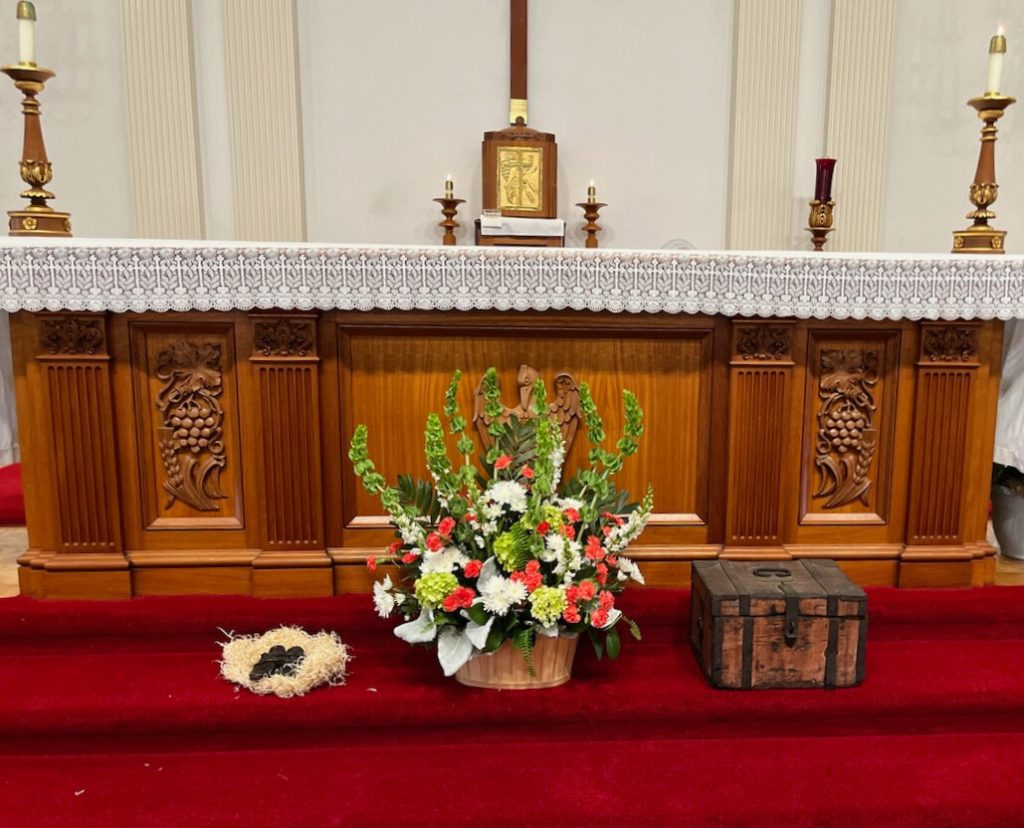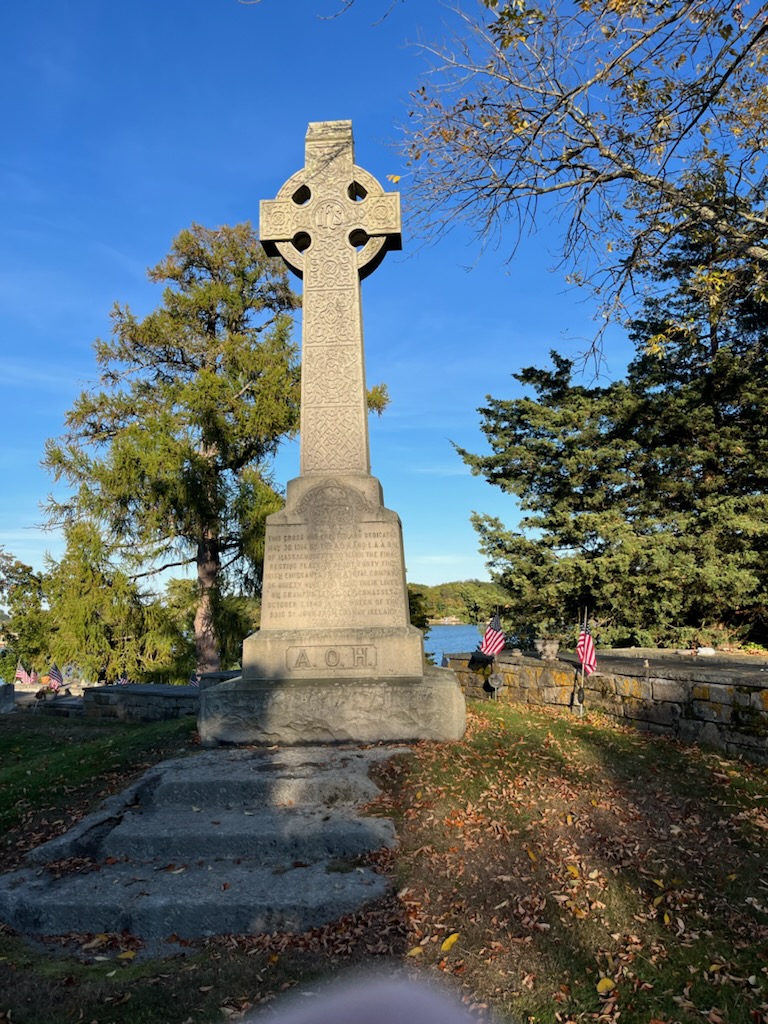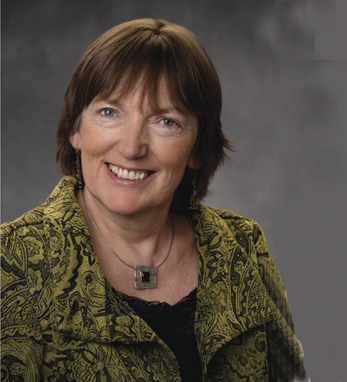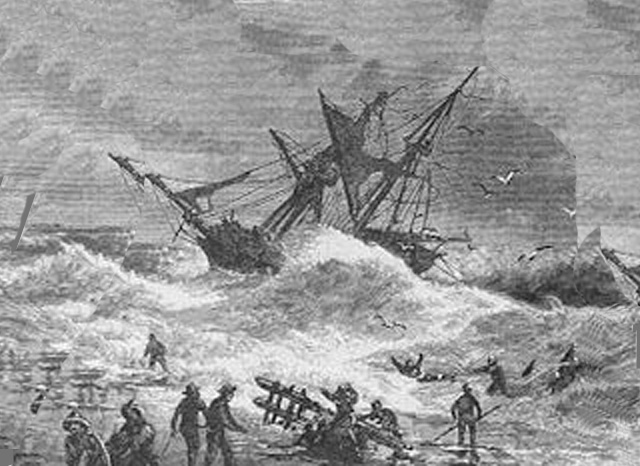On 6 October 1849, emigrants on board the Brig St. John, caught their first sighting of American land as their vessel approached the coast of Cape Cod. The vessel was carrying as many as 140 passengers from counties Clare and Galway, Their destination was Boston where they would disembark the following day. The voyage had been uneventful and, to celebrate their safe arrival, Captain Martin Oliver allowed singing and dancing on the deck that evening. Less than 24 hours later, most of the passengers were dead, overwhelmingly from drowning.
Although “Black ‘47” is remembered as the most acute year of suffering in Ireland, evictions, deaths and emigration were higher in 1849, as the poor sought to survive a fourth consecutive year of food shortages and inadequate government relief. In that year alone, as many as one-quarter of a million people, out of a depleted population of over seven million, made the painful decision to leave their homeland in a desperate attempt to survive. Over 80 per cent of them chose to undertake the long and arduous journey to North America.
The emigrants who boarded the St. John in Galway on 5 September 1849 fell into this category. Many of them had been inmates of the Ennistymon and Oughterard Poor Law Unions, an experience that would have been both degrading and dangerous, with no guarantee of survival. As with so many other victims of the Famine, emigration offered an opportunity to rebuild their shattered lives. It was not to be.
As these famine survivors were rejoicing in their imminent arrival in Boston, a storm—possibly a hurricane—was brewing, pushing the vessel towards the rocky and dangerous Scituate/Cohasset coast. Despite dropping all anchors, the St John foundered on the notorious Grampus Ledge, where it was broken apart. The Captain, First Mate and seven crew members, one passenger and a 14-year-old stowaway, made it to land on board a long boat. By this stage, many passengers had already drowned, while others desperately clung to fragments of the ship.
The intervention of a 19-year-old girl was crucial in saving these lives. From a window at the top of her home, and “through the thickness of the storm,” Elizabeth Lothrop witnessed the unfolding events. She immediately alerted her father and brothers. The former raced to the local lifeboat station while her brothers ran to the shore, where both the dead and the barely living were being washed ashore. Meanwhile, Elizabeth made her home ready to receive the latter, lighting fires, gathering blankets and preparing hot drinks.
Elizabeth’s brothers brought as many as 16 survivors to their home. She later wrote in her diary that “these miserable looking creatures reminded me of drowned rats … such a shuddering, shivering my ears had never heard before, and such a set of half-drowned, half-naked, half-frightened creatures, my eyes never beheld.”

The survivors spent the next few days in the homes of families in Cohasset, before being transferred to the town’s poor-house, where they were all nursed back to health. Miraculously, also, Elizabeth’s father, John, had found a baby girl wrapped in a blanket amongst the flotsam near the shore. She was still alive and subsequently adopted by a local family. The other news was gruelling, however. In the days following the storm, 99 bodies had been recovered from the sea and from nearby shores. Two of the rescued women, Mary Burke and Hanora Cullen, who each had three children, were told that they had all drowned. Seven of the crew, including two young apprentice boys, had been lost also.
Forty-five of the dead were buried in the Cohasset Cemetery in “common” or mass graves. As was so often the case with Famine victims, the graves were not marked and did not appear in cemetery records. But their stories and sacrifices were not forgotten by the local community. In 1914, the Massachusetts AOH and the Ladies’ Auxiliary paid for and dedicated a beautiful Celtic cross in the cemetery, making it one of the earliest memorials in the world to publicly commemorate the victims of the Great Hunger. The cross was located at the highest point of Cohasset Cemetery. Approximately 12,000 attended the dedication, demonstrating the lasting impact this tragedy had made on the local people.
Following this, commemorations were intermittent, but interest was revived in 1995, which marked the 150th anniversary of the first appearance of the potato blight. Again, the AOH, guided by local historian, Dr. Catherine Shannon, were in the forefront of the determination to honour the memory of emigrants who had sailed on the Brig St. John. They were also determined to make it an annual commemoration. In October 2021, the Father John Murphy Division of the AOH dedicated a granite bench which was placed near the final resting place of several of the victims of the shipwreck.
I have just returned from a weekend event in Cohasset to commemorate the 175th anniversary of the sinking of the St John. It was both sombre and uplifting, serving as a “moment of reflection but also a celebration of the enduring bonds that connect us all.” Again, the local AOH were the lead organizers, under the inspirational leadership of Michael Schilling, ably abetted by John Sullivan. Speakers on the Saturday programme were Catherine Shannon, Professor Emeritus of History at Westfield State University; Dr. Gerard Moran, Professor Emeritus of Galway University; Dr. Guy Beiner of Boston College; Professor Christine Kinealy of Quinnipiac University; Dr. Micheál Ó Flaithearta of the University of Utrecht; Robert Young, Special Collections’ Librarian at Quinnipiac University; writer Turlough McConnell and educator Jeremy Hales. Vice Consul Paul Rooney of the Consulate General of Ireland at Boston, helped to chair the sessions.

On Saturday evening, a Céilí of music, dance and story-telling reimagined the final night onboard the St. John, as the emigrants prepared to land in Boston and start their new lives in America. It was co-ordinated by Galway-born sean-nós singer Máirín Uí Chéide and featured John Bhaba Ó Conghaile, founder of a Heritage Centre in Lettermullan in County Galway.
A Memorial Mass took place on Sunday in St. Anthony’s Church on South Main Street in Cohasset. It featured a pair of bronze children’s shoes, which are the marker for the National Famine Way in Ireland, and a trunk, recovered from the St. John and now in the local museum. Monsignor Liam Bergin, a native of County Laois and professor at Boston College, provided a powerful homily on the memory of the Great Hunger and how it should inform our attitudes to refugees today.
The final speaker of the two-day programme was Dominic McSorley of Concern Worldwide. Born in Belfast, he has spent much of his life in areas torn apart by violence, poverty and famine. Dominic reminded us that most famines are man-made, and they are predictable and preventable. This was certainly the case in Ireland after 1845.
The whole weekend, during which we remembered the fate of the Brig St. John, was a poignant reminder of the longevity of the impact of the Great Hunger and of its far-reaching geographic reach. Remarkably, over time, interest has increased rather than diminished in this tragedy. However, as each of the speakers emphasized, it is not enough simply to recall these sad moments of our history, they should also serve as a call to action. Remembering the kindness shown by the people of Cohasset to our ancestors should inspire us to display similar empathy to today’s refugees, and to use our voices to seek an end to the inequalities and injustices that force people to flee from the land of their birth, whatever the risks.

Professor Christine Kinealy, Director of Ireland’s Great Hunger Institute, Quinnipiac University. Her latest publication (edited with Gerard Moran) is Further Heroes of Ireland’s Great Hunger (Cork University Press, 2024).
Her other books include: Black Abolitionists In Ireland (2020), Frederick Douglass and Ireland: In His Own Words (Vol. I & II), and several books on the Great Hunger including, This Great Calamity: The Irish Famine 1845-52.


Great article